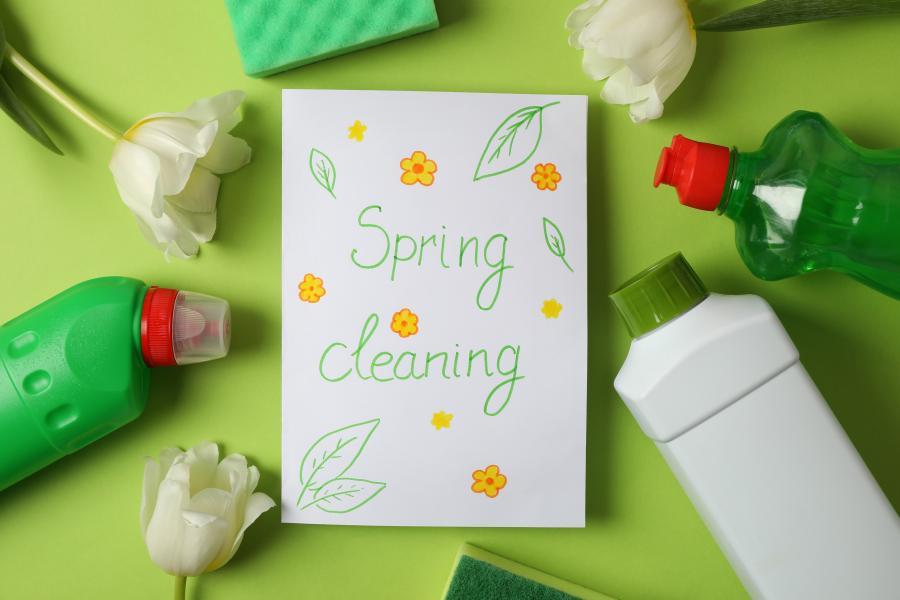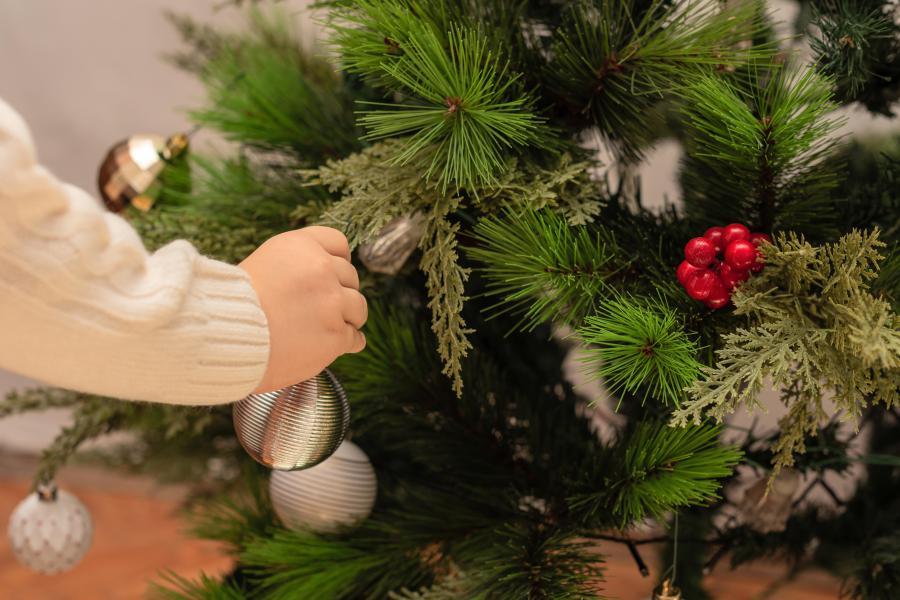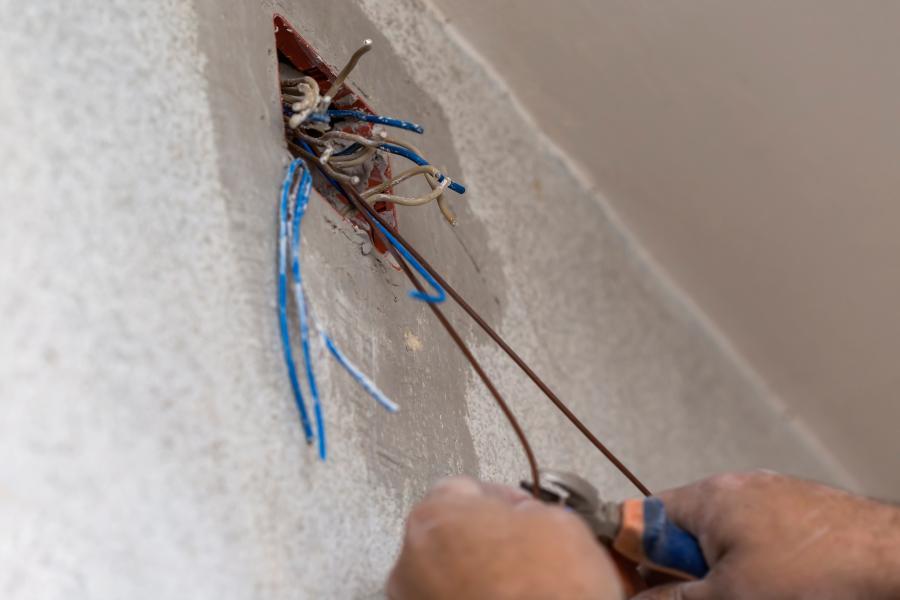
Electrical Spring cleaning the right way
Spring cleaning time is just about here! And while you're all set to clean the inside of your home to welcome in the new, warmer season, don’t forget to add “electrical safety” to your annual checklist.
Chasing dust bunnies is a noble goal, scrubbing windows and dusting nooks and crannies will make the inside of your home feel as good as new, but protecting your family and home is one of the most important chores you’ll ever tackle.
Here are ten electrical safety tips to add to your spring-cleaning checklist so that you and your family can truly feel safe this season:
-
Use mounting fasteners, cord protectors, or whatever it takes for you to keep power cords and electrical equipment away from moisture. Making contact with charged water is more than dangerous; it is life-threatening. If you accidentally drop a dryer or other plugged-in appliance into the water, NEVER unplug it or pick it up before shutting off electricity to the proper circuit. Allow the device to dry for a few days and have an electrical professional examine the appliance to determine if it is still safe and functional.
-
Always call before you dig. Prevent damage to underground electrical equipment and avoid potential injury by making sure you are safe to dig. State law commonly requires residents to call at least three full business days before digging. Locate your 3 digit “Call Before you Dig” number for your area and give them a call before venturing into unknown and dangerous territory.
-
Plug counter-top appliances into GFCIs (outlets that include reset buttons, usually red and yellow in color.) Should an appliance malfunction or fall into the water, the GFCI shuts off electricity to the appliance before electrical overload or shock can occur.
-
Check electrical devices for UL labels. These labels can usually be found on the appliance's cord or on a sticker on the appliance itself. Underwriters Laboratories certifies the safety of electrical devices, but the appliance and electrical market has seen a growing number of counterfeit UL labels. Look for the UL label on your devices, and visit the site by Underwriters Laboratories to learn how to spot a fake label.
-
Clean the exhaust hood above your stove (inside and out) after a long winter of indoor cooking. Food particles, dust, and grease buildup encourage bacteria growth and is a potential fire hazard. Remove and clean the hood filter, and use a degreasing agent to clean exposed surfaces.
-
Pull out your refrigerator and use a shop vac or vacuum cleaner extensions to vacuum the coils behind your refrigerator. Use an extended vacuum hose to clean underneath the refrigerator as well. Dust and dirt buildup contribute to appliance inefficiency and is also a potential fire hazard. Carefully clean the coils every few months. When you return the refrigerator to its proper place, always leave room behind it for air to safely circulate.
-
Clean dryer ducts. Dryer fires are a major hazard that can be avoided by cleaning the interior and exterior of your dryer hose and exhaust vent each year. Every six months, inspect the dryer vent for clogs and lint buildup. There are many professional HVAC companies that provide a thorough dryer vent inspection and cleaning if you are unable to do this, yourself.
-
Check lamp and fixture wattages in ceiling fans while you are dusting. Bulb wattages should be equal to or less than manufacturer recommendations, which are listed on the individual fixture.
-
Check power strips and surge suppressors. These electrical devices are designed to manage a specified electrical load. Avoid plugging too many items into the same outlet, which may cause a circuit overload or lead to a fire or electrical shock.
-
Schedule an electrical inspection. Inspections are especially important for homeowners moving into or out of a new home. John's Electric's licensed team of professionals performs visual inspections, inspects circuit panels, and brings all electrical systems up to date with code corrections.
According to the U.S. Fire Administration (USFA), the risk of electrical fire is a big concern for homeowners. Over 28,600 annual electrical fires lead to 310 deaths, 1,100 injuries, and more than $1 billion in property loss and damages.



